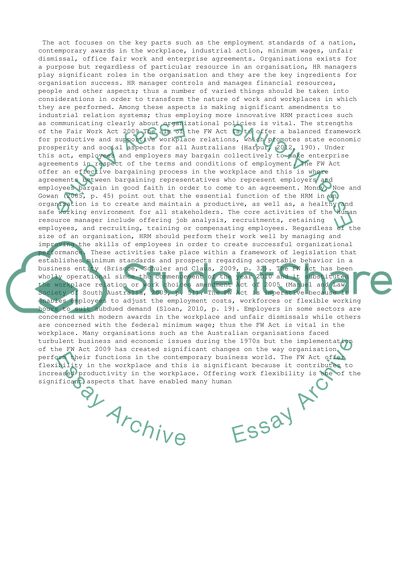Cite this document
(“Discuss the strengths and weaknesses of the Fair Work Act 2009 Essay”, n.d.)
Retrieved de https://studentshare.org/business/1483349-discuss-the-strengths-and-weaknesses-of-the-fair
Retrieved de https://studentshare.org/business/1483349-discuss-the-strengths-and-weaknesses-of-the-fair
(Discuss the Strengths and Weaknesses of the Fair Work Act 2009 Essay)
https://studentshare.org/business/1483349-discuss-the-strengths-and-weaknesses-of-the-fair.
https://studentshare.org/business/1483349-discuss-the-strengths-and-weaknesses-of-the-fair.
“Discuss the Strengths and Weaknesses of the Fair Work Act 2009 Essay”, n.d. https://studentshare.org/business/1483349-discuss-the-strengths-and-weaknesses-of-the-fair.


